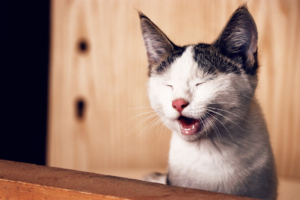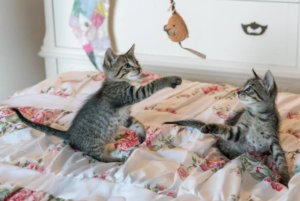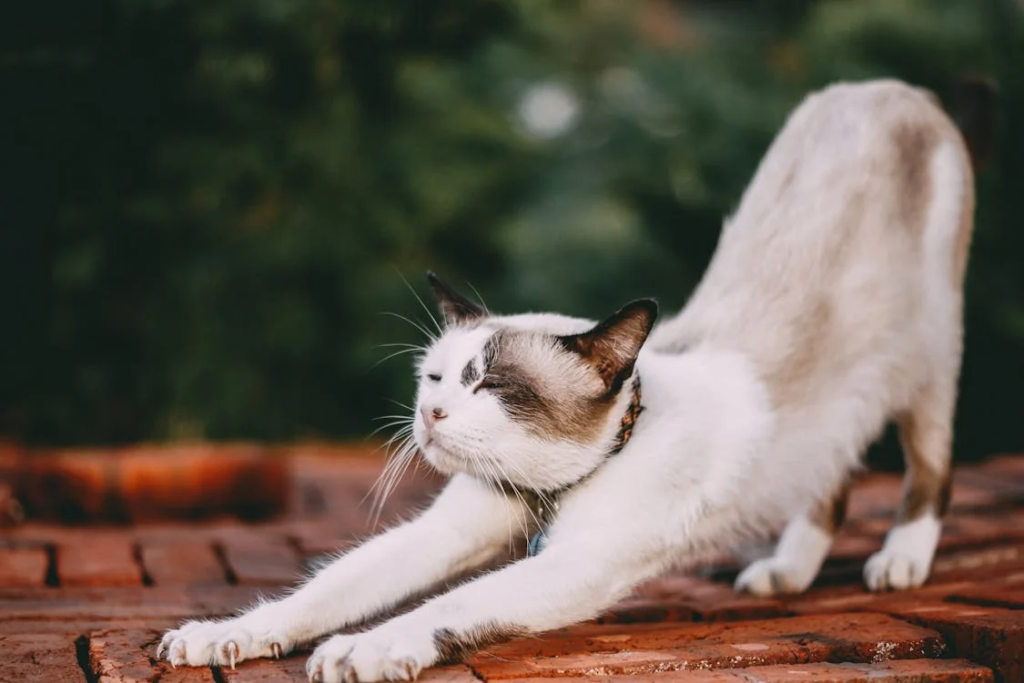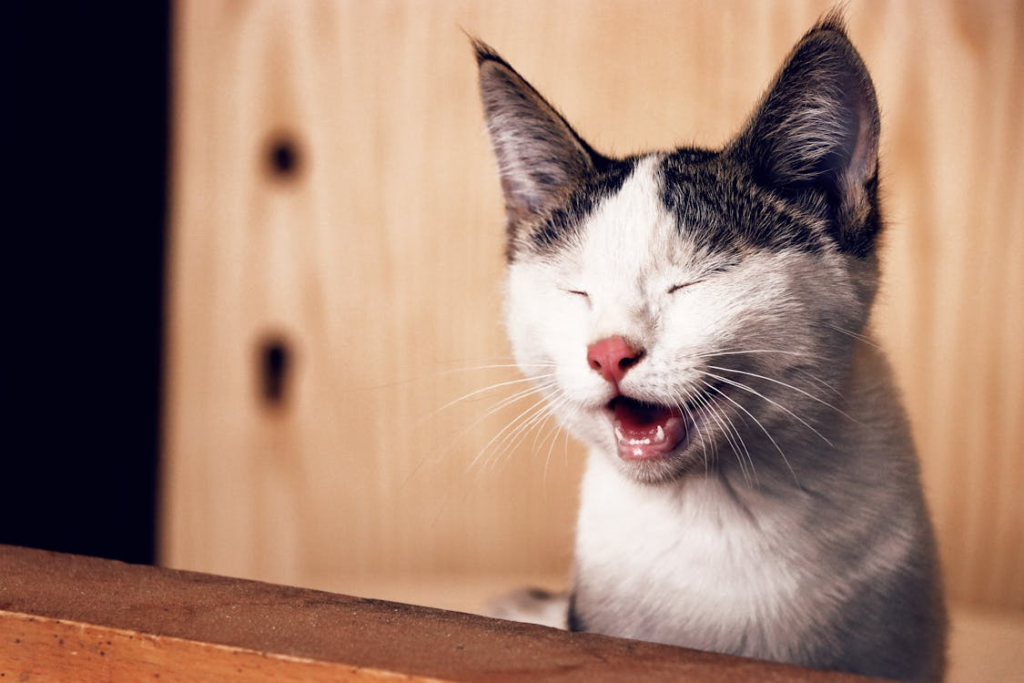Introduction
Cat flu, a common respiratory infection in felines, can cause significant distress for both cats and their owners. This comprehensive guide will explore the causes, symptoms, treatment options, and prevention strategies for cat flu, providing cat owners with the knowledge they need to protect their feline companions.
Understanding Cat Flu
Cat flu, despite its name, is not actually influenza. Instead, it refers to a group of upper respiratory infections caused by various viruses and bacteria. The most common culprits are:
- Feline herpesvirus (FHV-1)
- Feline calicivirus (FCV)
- Bordetella bronchiseptica (less common)
These pathogens can cause similar symptoms, making it challenging to distinguish between them without laboratory testing.
Cat Flu Early Symptoms and Disease Progression
Recognizing cat flu early symptoms is crucial for prompt treatment and preventing the spread of infection. The initial signs of cat flu often include:
- Sneezing and nasal discharge
- Conjunctivitis (eye inflammation)
- Lethargy and loss of appetite
- Mild fever
As the disease progresses, cats may experience:
- Coughing and difficulty breathing
- Mouth ulcers
- Excessive drooling
- Dehydration
It’s important to note that cat flu early symptoms can vary in severity depending on the specific pathogen and the cat’s overall health. Some cats may only exhibit mild symptoms, while others can become seriously ill.
Diagnosis of Cat Flu
If you suspect your cat has flu, it’s essential to consult a veterinarian promptly. The diagnosis typically involves:
- Physical examination
- Review of cat flu early symptoms and medical history
- Laboratory tests (e.g., PCR testing, blood work)
- Swabs from the nose, throat, or eyes for culture
Early diagnosis can lead to more effective treatment and a faster recovery for your feline friend.
Treatment Options for Cat Flu
While there is no specific cure for viral cat flu, treatment focuses on managing symptoms and supporting the cat’s immune system. Treatment options may include:
Supportive care
- Providing a warm, quiet environment
- Ensuring proper nutrition and hydration
Medication
- Antiviral drugs (e.g., famciclovir for herpesvirus)
- Antibiotics for secondary bacterial infections
- Eye drops or ointments for conjunctivitis
Nebulization and steam therapy
- To help clear nasal congestion
Nutritional support
- Force-feeding or appetite stimulants if necessary
Intravenous fluids
- For severely dehydrated cats
The duration of treatment can vary depending on the severity of the infection and the cat’s response to therapy. Most cats recover within 7-10 days with proper care.
For more detailed information on treatment protocols, visit the American Veterinary Medical Association (AVMA) website.

Preventing Cat Flu
Prevention is key in managing cat flu. Here are some effective strategies:
Vaccination
- Core vaccines protect against FHV-1 and FCV
- Consult your vet for an appropriate vaccination schedule
Good hygiene practices
- Regular cleaning and disinfection of cat living areas
- Proper handwashing after handling cats
Stress reduction
- Minimize stressful situations that can weaken the immune system
Isolation of infected cats
- Prevent spread to other cats in multi-cat households or shelters
- Regular health check-ups
- Early detection of health issues that may increase susceptibility
For more information on cat vaccination guidelines, visit the American Association of Feline Practitioners (AAFP) website.
Cat Flu in Kittens and Senior Cats
Kittens and senior cats are particularly vulnerable to cat flu due to their less robust immune systems. Special considerations for these groups include:
Kittens:
- More susceptible to severe complications
- May require more intensive supportive care
- Vaccination should begin at 6-8 weeks of age
Senior cats:
- May have underlying health conditions that complicate treatment
- Require close monitoring during recovery
- May benefit from immune-boosting supplements (under veterinary guidance)
Long-Term Management of Chronic Cat Flu
Some cats may become carriers of cat flu viruses, experiencing periodic flare-ups throughout their lives. Long-term management strategies include:
- Regular veterinary check-ups
- Prompt treatment of cat flu early symptoms
- Stress reduction techniques
- Supportive care during flare-ups
- Consideration of long-term antiviral therapy in severe cases
For more information on managing chronic feline health conditions, consult the Cornell Feline Health Center.
The Impact of Cat Flu on Multi-Cat Households and Shelters
Cat flu can spread rapidly in environments with multiple cats. Shelters and multi-cat households should implement strict protocols, including:
- Quarantine procedures for new arrivals
- Regular health screenings
- Proper cleaning and disinfection routines
- Stress reduction strategies
- Vaccination programs
These measures can significantly reduce the risk of outbreaks and ensure the health of all feline residents.
Conclusion
Understanding cat flu, its early symptoms, and proper management is crucial for every cat owner. By recognizing cat flu early symptoms, seeking prompt veterinary care, and implementing preventive measures, you can protect your feline companion from this common but potentially serious condition. Remember, a healthy cat is a happy cat, and with the right knowledge and care, you can ensure your furry friend leads a long, vibrant life.








